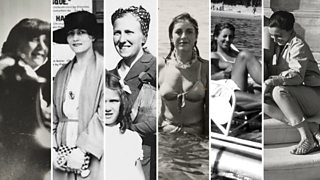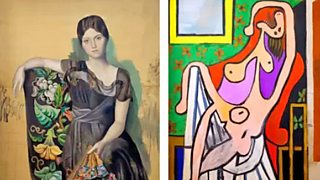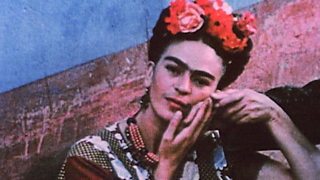Specs appeal: The artist creating amazing eyewear from rubbish
5 November 2018
Kenyan sculptor Cyrus Kabiru uses found objects and recycled materials – from shell casings to car parts – to create intricate spectacles that he calls C-Stunners. Here the self-taught Afrofuturist artist reveals the stories behind eight of his innovative designs.

“I grew up surrounded by a lot of trash,” says Cyrus Kabiru of his childhood. “The biggest dumpsite in Nairobi was right opposite my house. I used to tell my dad, 'When I grow up I'll give trash a second chance'. I used to feel like trash also needs a chance to live.”
Taking his inspiration from a story his father tells of breaking his glasses as a child and being told off by his grandmother, Kabiru, now 34, saw an artistic opportunity to use the rubbish.
To me, being an Afrofuturist is a mix of creativity from different continents
He says: “For me it was a challenge to make them like real glasses. People used to compare them to masks. But they are not masks. I call them the C-Stunners. C for Cyrus, and stunners because they are stunning.”
His increasing success in the art world has afforded Kabiru the opportunity to travel and to expand his collection of found objects.
He says: “When I go to London, I’ll pick up trash. I always pick up trash from different continents. If I make an artwork with European trash, my work will look newer, so I try to combine old Kenyan trash and new European trash.
“People are now calling me an Afrofuturist. To me, being an Afrofuturist is a mix of creativity from different continents.”
Cyrus' work was showcased from 2 - 4 November 2018 at ART X Lagos, and will travel to Kochi-Muziris Biennale, from 12 December 2018 - 29 March 2019.
All images courtesy of Cyrus Kabiru.
Macho Nne, 2014

Bull Dog, 2018
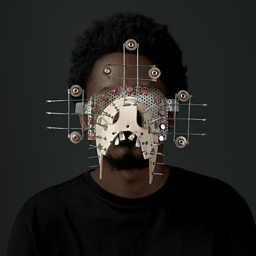
At the Dot, 2017
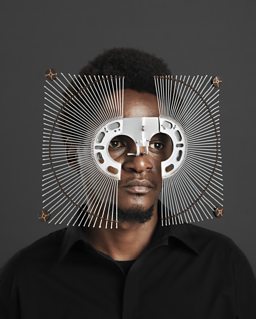
Morocco Castle, 2016
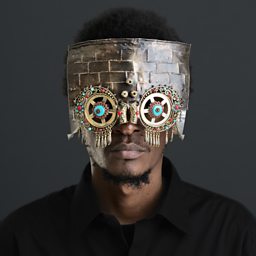
Watamu Mask, 2018

Tilburg Sun, 2017
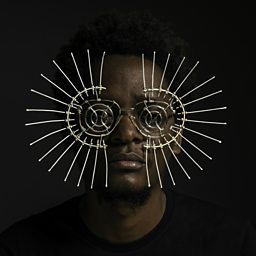
Vatican Soldier, 2017
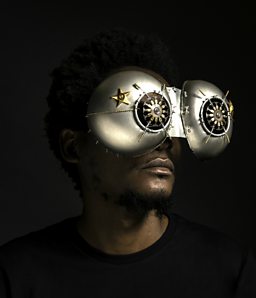
Dadab, 2017
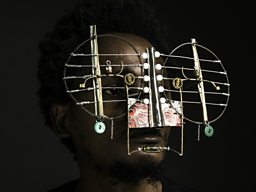
More from BBC Arts
-
![]()
Picasso’s ex-factor
Who are the six women who shaped his life and work?
-
![]()
Quiz: Picasso or pixel?
Can you separate the AI fakes from genuine paintings by Pablo Picasso?
-
![]()
Frida: Fiery, fierce and passionate
The extraordinary life of Mexican artist Frida Kahlo, in her own words
-
![]()
Proms 2023: The best bits
From Yuja Wang to Northern Soul, handpicked stand-out moments from this year's Proms
